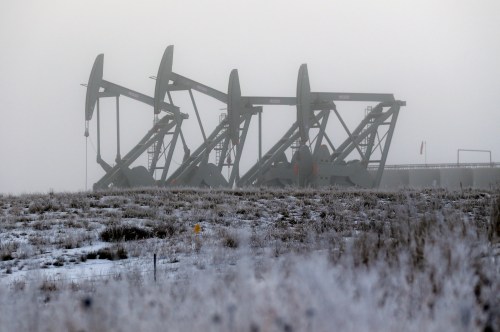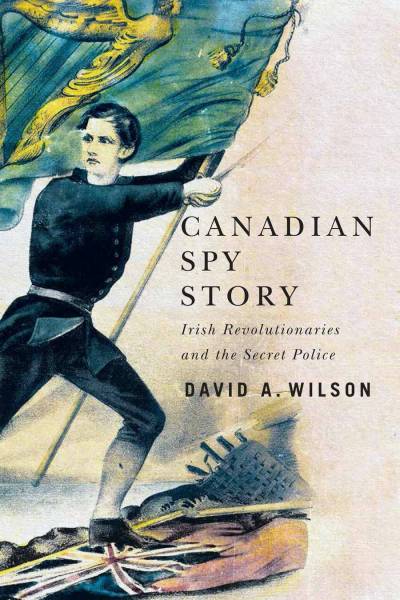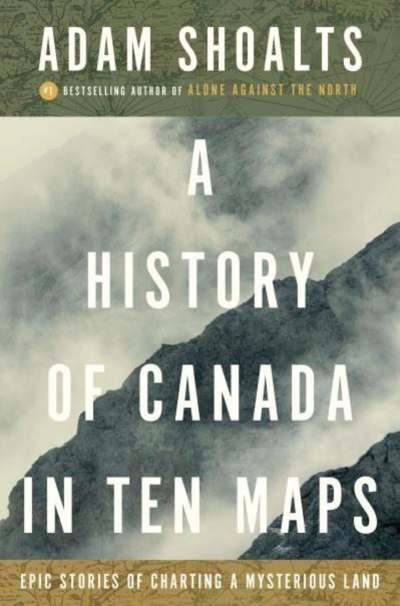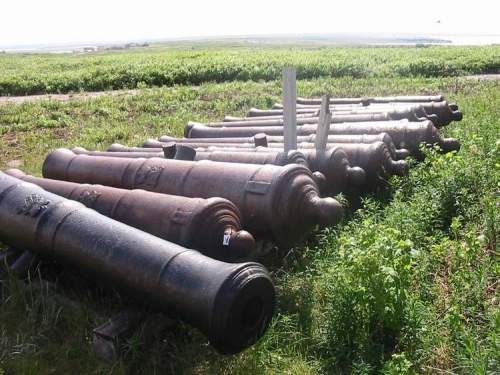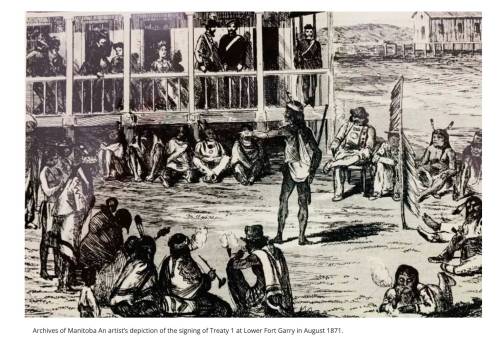First Peoples and Nouvelle-France: before 1763
Please review each article prior to use: grade-level applicability and curricular alignment might not be obvious from the headline alone.
First Nations sue over oil-rich land
4 minute read Preview Saturday, Nov. 22, 2025Let’s live peacefully and meaningfully together in this land
5 minute read Saturday, Jan. 11, 2025Among the many benefits of being a faith reporter and columnist at the Free Press is a chance to learn more, and write about, the experience of Indigenous people in this country, including their interactions with Christianity.
This has helped make up for my lack of education I received in school about this important history while growing up in the 1960s and 70s.
Like many others of my boomer generation, I learned Canadian history from a colonial point of view. In that telling, Canada was an empty and unsettled land until the Europeans arrived, bringing civilization, progress — and religion — to what they considered to be a backward people.
So while I learned about famous European explorers and the settling of this land, I heard nothing about Kondiaronk, a Wendat chief who lived from 1649-1701. Among other things, Kondiaronk challenged the assertion that Europe and its religion was superior to the beliefs and way of life of Indigenous people.
Fenians fancied a Manitoba foothold
4 minute read Preview Saturday, Aug. 6, 2022Map-based history of Canada a marvel
3 minute read Preview Saturday, Oct. 28, 2017Gripping drama Elle brings outdoor hardship to PTE's indoor stage
2 minute read Preview Friday, Feb. 24, 2017Uncovering Canada’s Arctic sea battle
4 minute read Preview Tuesday, Aug. 6, 2013Hardship, history live in rock of ancient fort
5 minute read Preview Saturday, Jul. 13, 2013Rupert’s Land inhabitants blindsided by Canada’s purchase of their homeland in 1869
7 minute read Preview Saturday, Oct. 26, 2024Claims of Indigenous ancestry by non-Indigenous Canadians on the rise
5 minute read Preview Saturday, Feb. 8, 2020Moody historical fiction gives life to filles du roi banished to French colonies
4 minute read Saturday, Jan. 22, 2011Bride of New France
By Suzanne Desrochers
Penguin Canada, 224 pages, $25
This is a moody, beautiful piece of historical fiction, casting Louis XIV's Paris as a grey and Gothic city, pitiless toward its poor and dark with imperial desires.

